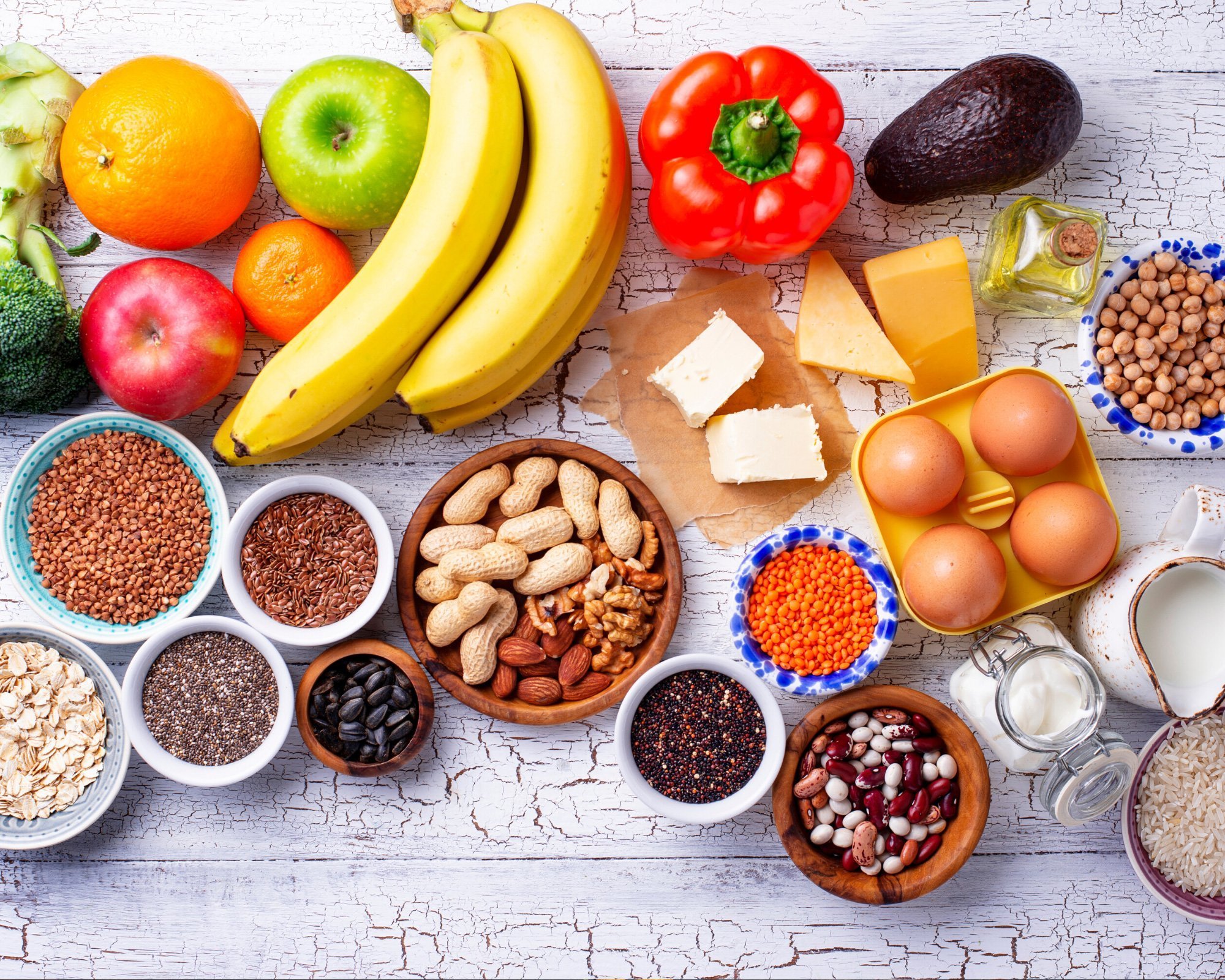The Many Different Plant Based-Diets Out There

In one of the health events that I organized recently, we had a request for one vegetarian meal. All other 40 individuals had a delicious non-veg meal but the meal for the vegetarian was forgotten. Finally, the meal arrived but alas it was really pathetic. The vegetarian got a packet of rice, half an egg tofu and a packet of salad (image as below).

Since it was almost 3pm when I found out about her sorry state of meals, I managed to get the organizer to provide her some milk, biscuits and granola. However, the damage was done and all I could do was apologize on behalf of the organizers.
My mother also had a similar issue with an airline where they served her a chicken meal but the food was labelled as vegetarian. My mother wrote into the airline to seek clarification on this matter and the airline apologized on this matter.
Since food is an integral part of the human experience, it is crucial to be sensitive to the different types of plant based diets out there.
Hence, sharing on the 6 variants of plant based diets out there from most to least restrictive:
1. Vegan

• Veganism is the strictest form of plant-based diet out there. It is often described as a lifestyle rather than a diet because it condemns all forms of animal exploitation be it for food or other aspects such as fashion, science, entertainment, etc.
• Going vegan requires the elimination of all animal products like meat, fish and poultry and also elimination of by-products such as honey, milk and gelatin.
• Going vegan usually results in lack of protein consumption. However, adequate amounts of protein from vegan-friendly foods like tofu, tempeh, legumes and grains are available.
2. Ovo-vegetarian

• Like vegans, ovo-vegetarians exclude meat, poultry, seafood and dairy from their diet.
• Unlike vegans, they still eat eggs and egg-containing foods.
3. Lacto-vegetarian

•Lacto-vegetarians exclude meat, poultry, seafood and eggs from their diet, but include dairy products like milk, cheese, yoghurt and butter.
•Dairy is a great source of calcium, protein and vitamin B12 but is low in iron. Lacto-vegetarians should include more plant-based iron sources such as spinach and beetroot in their diets. They also need to take measures to boost iron absorption by increasing vitamin C intake.
4. Ovo-Lacto-vegetarian

• It is the most common vegetarian diet out there.
•This vegetarian diet includes consumption of both eggs and dairy in the diet. However, it still involves the elimination of all meat, poultry, seafood and any by-products which require animal slaughter.
5. Pescatarian

•Pescatarians don’t eat meat or poultry but do include fish and other seafood as a main source of protein in their diet. Many pescatarians will also eat dairy and eggs.
•The inclusion of fish and seafood makes it easier to meet protein, iodine and omega-3 requirements compared to other vegetarian diets.
6. Pollotarian

•A pollotarian diet is a type of semi-vegetarianism in which chicken is consumed but not red meat and pork. Some of them consume fish and seafood as well.
•Pollatarians adopt this diet for several reasons, such as preparing themselves to go 100% vegetarian, to avoid the health disadvantages associated with red meat, or for ethical reasons such as minimizing the impact of the red meat industry on the environment.
Last but not least, pick and choose which (if any) of these diets best align with your moral views, ethics and lifestyle!
Reference
1. Victoria State Government. Vegetarian and Vegan Eating.







